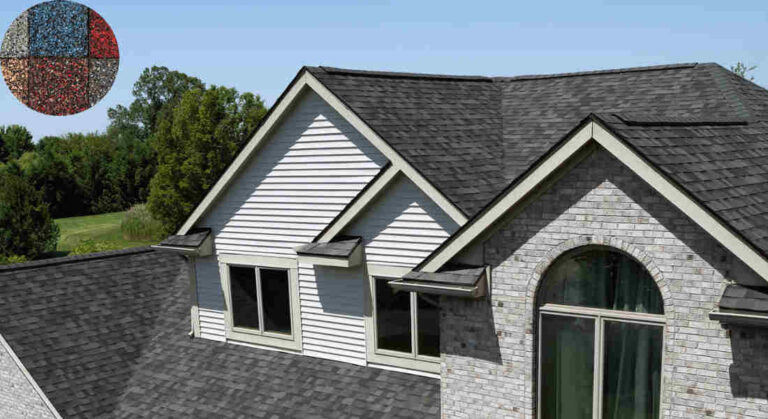Picture this: it’s a scorching summer day, and you’re inside your home, feeling the discomfort of heat creeping in. You glance at your energy bill and see a spike that crushes your wallet. Many homeowners wonder, does the color of your roof affect house temperature and energy efficiency? This question is more than a passing thought; it’s essential for making informed decisions about home comfort and expenses.
You’ll learn about the science behind heat absorption and reflection, discover how different colors impact indoor temperatures, and understand the implications for energy efficiency. By the end, you’ll be equipped with the knowledge to choose the best roof color for your home and climate.
The Science Behind Roof Color and Temperature
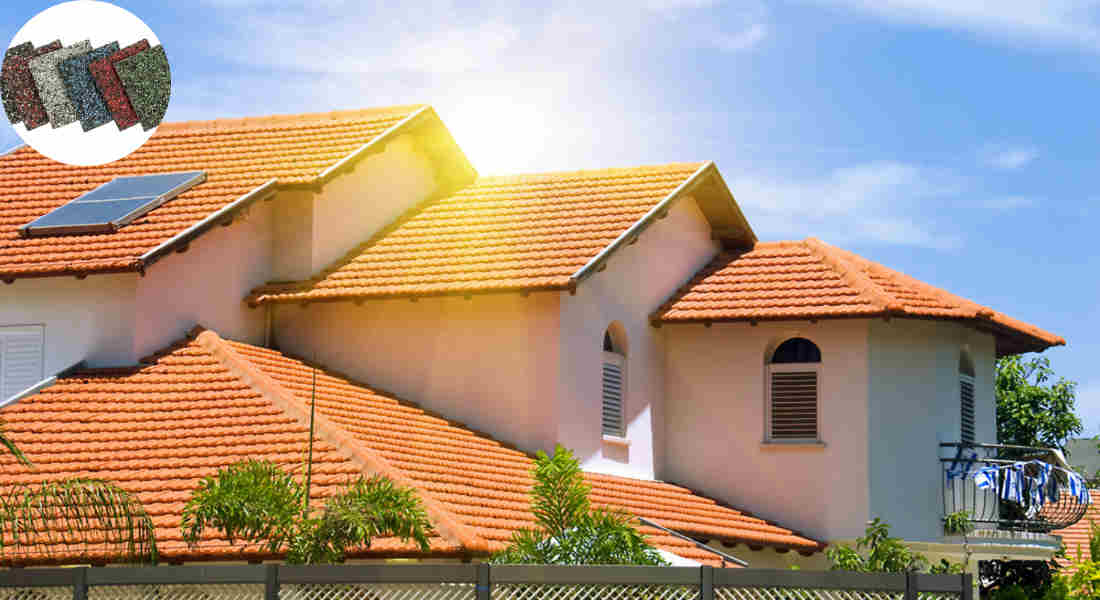
How Roof Color Interacts with Sunlight
When sunlight hits your roof, the color determines how much heat is absorbed or reflected. Light colors, like white or light gray, reflect a significant portion of solar energy. On the other hand, dark colors, such as black or dark blue, absorb more heat. This difference in behavior leads to varying surface temperatures for different roof colors.
Role of Solar Energy
The sun emits considerable energy, and how your roof interacts with this energy can significantly influence your home’s temperature. Research confirms that the answer to ‘Does the color of your roof affect house temperature?’ is a resounding yes. For instance, studies indicate that a white roof can be around 16°C cooler than a black roof under the same conditions. This is crucial for maintaining a comfortable indoor environment.
Scientific Studies and Evidence
Several studies have examined the temperature differences associated with various roof colors. For example:
- A study published in the journal Energy highlighted that black roofs can reach temperatures as high as 42°C, while white roofs stay closer to 16°C.
- Another research paper demonstrated how reflective roofing materials contribute to lower urban heat islands, showcasing the environmental benefits of choosing lighter colors.
You may also read (how long does it take for smoke to clear from a house).
Comparing Roof Colors: Temperature Impact in Celsius
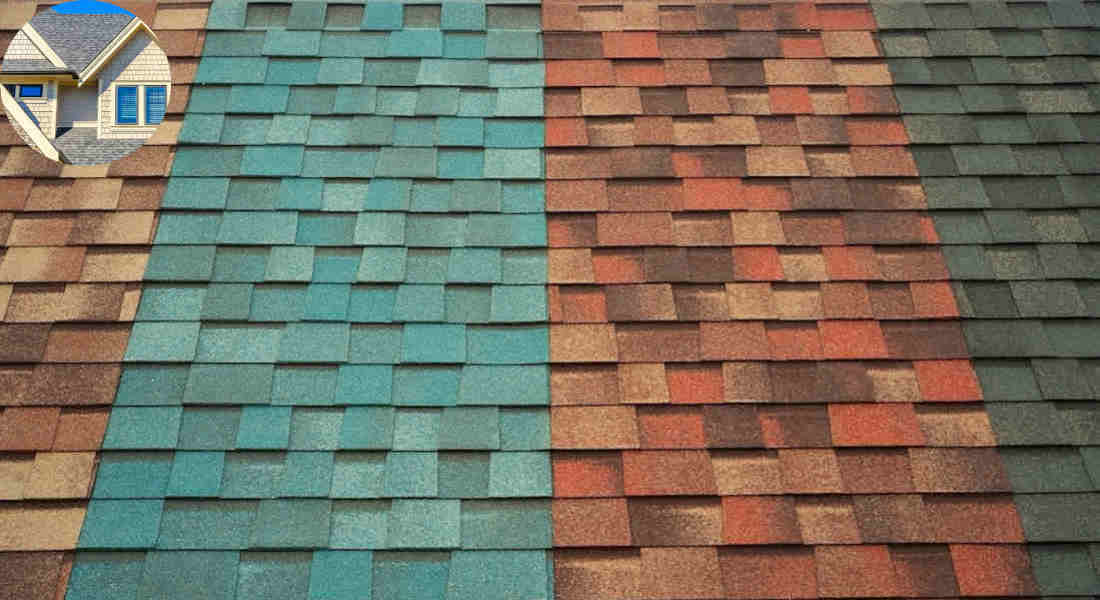
Temperature Comparison Table
Roof ColorAverage Surface Temperature (°C)
White 16
Light Gray 22
Green 28
Blue 34
Black 42
Discussion of Each Color
- White Roofs are the most effective at reflecting sunlight, making them ideal for hot climates. They help keep your attic and living spaces significantly cooler.
- Light Gray Roofs: While not as reflective as white, light gray still offers a decent level of heat reflection and can reduce indoor temperatures effectively.
- Green Roofs: Often chosen for aesthetic reasons, green roofs can help insulate homes, but they might not be as effective in extreme heat situations.
- Blue Roofs: These are less common and can absorb more heat, but their temperature impact depends on the shade.
- Black Roofs: While stylish, black roofs absorb heat most, leading to higher indoor temperatures.
How These Differences Translate to Indoor Temperature
The color of your roof doesn’t just affect the roof itself; it directly impacts the temperature of your attic and living spaces. A lighter roof can keep your attic cooler, which can help lower the overall temperature in your home. This can lead to less reliance on air conditioning, saving you money on energy bills.
Roof Color and Energy Efficiency
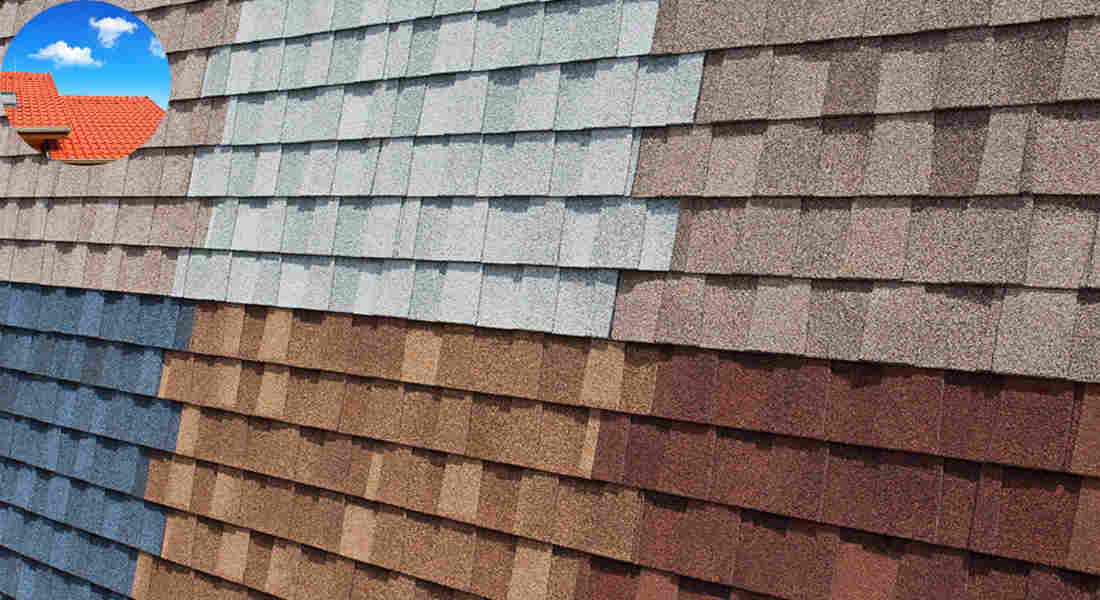
Impact on HVAC Systems
The color of your roof has a significant impact on your HVAC systems. A lighter roof can reduce the demand on your air conditioning system, leading to lower energy consumption. Conversely, darker roofs can force your HVAC unit to work harder to maintain a comfortable temperature.
Energy Cost Savings
Numerous studies suggest that homeowners with lighter-colored roofs experience reduced cooling costs in hot climates. For instance, a study showed that switching to a lighter roof could save homeowners approximately 20% on their cooling costs during peak summer months.
You may also read (blueshinehome.co.uk).
Heating Considerations
It’s important to note that darker roofs may benefit colder regions. They can absorb heat from sunlight, helping keep your home warmer during winter. Therefore, while lighter roofs are generally advantageous in hot climates, darker roofs can have their benefits in cooler areas.
Regional Climate Considerations
Hot Climates
In hotter climates, light-colored roofs are preferred. They effectively reflect sunlight, reducing the heat that penetrates your home. Less reliance on air conditioning means noticeable savings on energy bills.
Cold Climates
Conversely, in colder regions, darker roofs may provide benefits. They help retain heat, keeping your home warmer during the chilly months. For instance, northern European homes often utilize darker roofing materials to maximize heat retention.
Case Studies
- Florida: Many homeowners choose white or light-colored roofs to combat the intense summer heat, significantly lowering cooling costs.
- Northern Europe: Darker roofs are standard, as they help capture and retain heat, making homes cozy during harsh winters.
Material Matters: Beyond Color
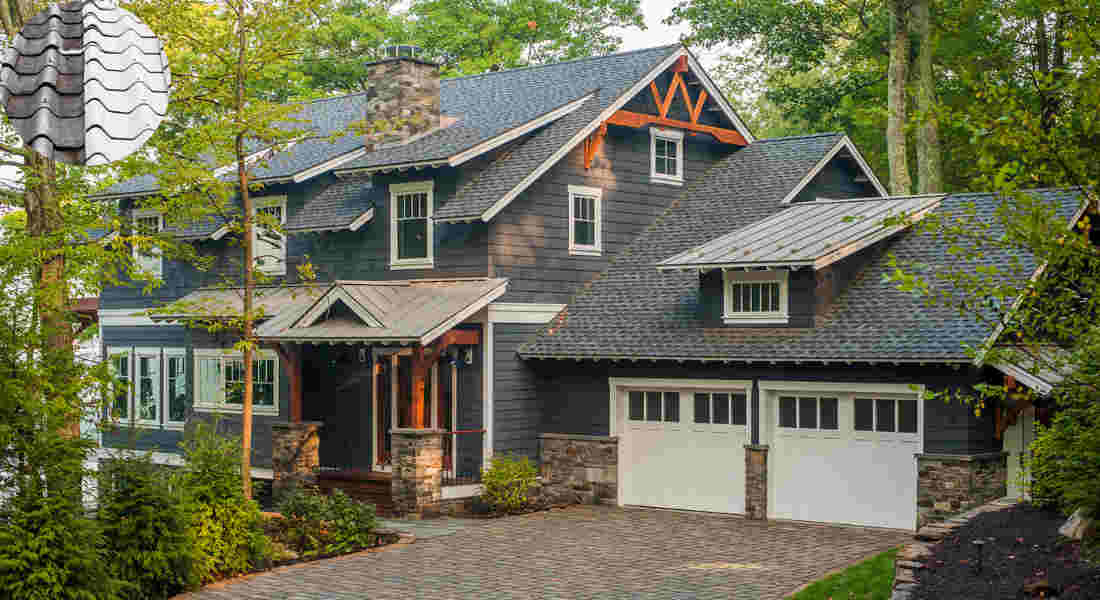
How Roofing Material Affects Temperature
While color is crucial, roofing material also plays a significant role in temperature regulation. For example, metal roofs reflect heat better than asphalt shingles, regardless of color.
Cool Roofing Technologies
Innovations such as reflective paints, coatings, and tiles can enhance your home’s energy efficiency beyond just the color of the roof. These technologies are designed to reflect more sunlight and keep your home cooler.
Practical Tips for Homeowners
Choosing the Right Color for Your Climate
When selecting a roof color, consider your local climate. Here are some practical steps to follow:
- Assess Your Climate: Determine whether your area is predominantly hot or cold.
- Choose Lighter Colors for Hot Climates: Opt for white or light shades to reflect sunlight.
- Consider Darker Colors for Cold Climates: If you live in a cooler region, darker colors can help retain heat.
Maintenance Tips
Regular maintenance is key to ensuring your roof remains energy-efficient. Clean your roof periodically to prevent dirt and debris buildup, which can affect its ability to reflect sunlight.
Cost-Benefit Analysis
While the initial investment in a new roof can be significant, consider the long-term savings on energy bills. A well-chosen roof color can lead to substantial savings over time.
Myths and Misconceptions
Debunking Common Myths
There are several myths surrounding roof color and temperature. Let’s clear up some common misunderstandings:
- Myth: “White roofs are always best.”
- Fact: While white roofs are effective in hot climates, darker roofs can benefit cooler climates.
- Myth: “Color doesn’t matter if you have good insulation.”
- Fact: Insulation is essential, but roof color still significantly impacts temperature and energy efficiency.
Frequently Asked Questions (FAQs)
Does the color of your roof affect house temperature in Celsius?
Yes, the color of your roof significantly impacts house temperature. Lighter colors reflect more sunlight, keeping your home cooler, while darker colors absorb heat.
What is the best roof color for hot climates?
The best roof color for hot climates is typically white or light shades, which reflect sunlight and minimize heat absorption.
Can I change my roof color without replacing the whole roof?
Yes, you can often change the appearance of your roof with coatings or paints designed for roofing materials.
How much can I save on energy bills by changing my roof color?
Switching to a lighter roof can lead to up to 20% savings on cooling costs during peak summer months.
Does roof color affect the lifespan of my roof?
Yes, darker roofs may experience more thermal stress, potentially impacting their lifespan compared to lighter roofs.
You may also read (a guide to burning garden waste at home).

